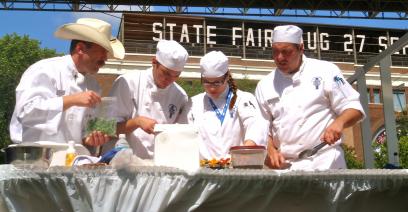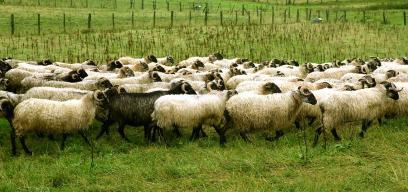It’s been quite a hot and rainy summer so far this year. But rather than complain about it, I have chosen to focus on the many benefits of all this heat and moisture. So I share with you my list of happy thoughts about what this hot, humid summer has given me on the farm this year.
Happy thought #1: No need to water. In the early spring we set up the sprinkling system in the gardens and orchard, but so far, have only had it on just once – and the moment we turned it off, a robust thunderstorm swept through, depositing more than two inches of rain. It’s been raining like that all summer long: thunder storms with one to two inches of rain every few days – our own reliable, natural, automated watering system.










